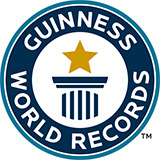Page Not Found
404
Oops... We are supposed to help you break records not pages.
If you are searching for a record, please note that records published on our website are under constant review to ensure they are accurate and as a result, pages are often removed.
Try another search here:


